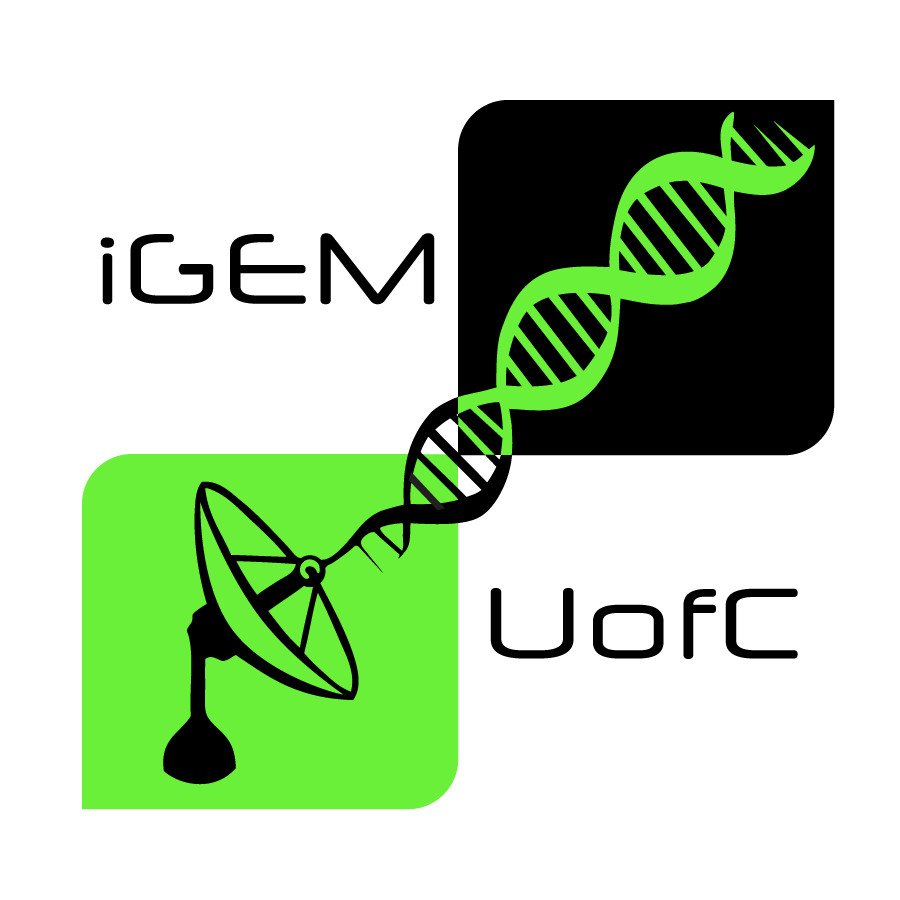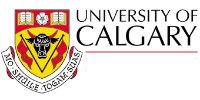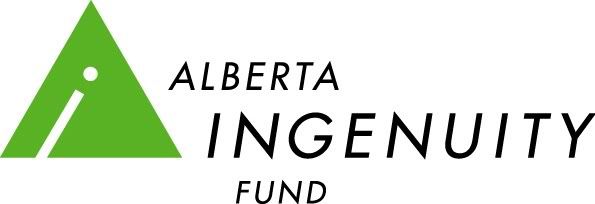Team:Calgary
From 2009.igem.org
(Difference between revisions)
Prima.moinul (Talk | contribs) |
(protect your wiki next time) |
||
| (27 intermediate revisions not shown) | |||
| Line 80: | Line 80: | ||
<td bgcolor="#ffffff"></td> | <td bgcolor="#ffffff"></td> | ||
<td bgcolor="#ffffff"> | <td bgcolor="#ffffff"> | ||
| - | <embed src="http://www.oneplusyou.com/bb/files/countdown/countdown.swf?co=222222&bgcolor=444444&date_month=10&date_day= | + | <embed src="http://www.oneplusyou.com/bb/files/countdown/countdown.swf?co=222222&bgcolor=444444&date_month=10&date_day=30&date_year=09&un=IGEM%20JAMBOREE%202009&size=normal&mo=10&da=30&yr=2009" type="application/x-shockwave-flash" pluginspage="http://www.macromedia.com/go/getflashplayer" wmode="transparent" height="54" width="160"> |
</td> | </td> | ||
<td bgcolor="#ffffff"></td> | <td bgcolor="#ffffff"></td> | ||
| Line 116: | Line 116: | ||
<td bgcolor="#ffffff"> | <td bgcolor="#ffffff"> | ||
| - | <img border="0" height="76" width="160" src="http://i1001.photobucket.com/albums/af132/igemcalgary/sponsors/ | + | <img border="0" height="76" width="160" src="http://i1001.photobucket.com/albums/af132/igemcalgary/sponsors/brand.gif" /> |
</td> | </td> | ||
<td bgcolor="#ffffff"></td> | <td bgcolor="#ffffff"></td> | ||
| Line 128: | Line 128: | ||
</center> | </center> | ||
| - | |||
| - | Talisman Energy is | + | <div class="desc"> |
| - | </ | + | Talisman Energy is an independent upstream oil and gas companies headquartered in Calgary, Alberta, Canada. Talisman has operations in Canada and its subsidiaries operate in the UK, Norway, Southeast Asia, North Africa and the United States. It is committed to conducting business in an ethically and environmentally responsible manner. Talisman’s generous support and contribution to the University of Calgary’s iGEM project has recognized Talisman among this year’s Bronze sponsors. Thank you Talisman Energy and Congratulations! |
| + | </div> | ||
<br> | <br> | ||
<br> | <br> | ||
| Line 346: | Line 346: | ||
</div> | </div> | ||
<div class="desc"> | <div class="desc"> | ||
| - | The iGEM competition is | + | The International Genetically Engineered Machines (iGEM) competition is annually held at the Massachusetts Institute of Technology (MIT) in the field of Synthetic Biology. Since 2004, this competition encourages undergraduate teams from all over the world to develop a project that intertwines the principles of Biology and Engineering. The competition not only determines the worth of projects solely based on biological merit, but also requires teams to examine their project as a whole. This includes aspects such as modelling of genetic circuits, marketing the project and educating the public about iGEM and Synthetic Biology. For more information about iGEM, please visit their <a href="http://www.igem.org" target="_blank">official website</a>. |
<br> | <br> | ||
<br> | <br> | ||
| Line 378: | Line 378: | ||
<br> | <br> | ||
<div class="desc"> | <div class="desc"> | ||
| - | Welcome to the University of Calgary iGEM wiki! This tour | + | Welcome to the University of Calgary iGEM wiki! This is the <b>first step</b> of our tour! With this tour, you will not only learn about our overall project, but also delve into all aspects of our project and find out what we've been up to lately. On this page, you can read about iGEM, our project, and check out a few pictures that display our adventures in synthetic biology. Also, please feel free to leave any comments or suggestions at the bottom of the page. Once you've finished exploring our front page, please click <a href="https://2009.igem.org/Team:Calgary/Team#Tour">HERE</a> to continue the tour for an intro of our team! |
</div> | </div> | ||
<br><br> | <br><br> | ||
| Line 391: | Line 391: | ||
<br> | <br> | ||
<div class="heading"> | <div class="heading"> | ||
| - | + | U OF C iGEM: REPROGRAMMING A LANGUAGE AND A COMMUNITY | |
</div> | </div> | ||
| + | <div class="desc"> | ||
| + | The progression of strong scientific research depends on whether industry and the public know about it and understand how the research can be applied. With this in mind, the U of C iGEM team’s work stretches far beyond the wetlab. We pursued initiatives all the way from mathematical modelling to ethics and from education to fundraising. Below there is a list of all the aspects of our project with respective icons and a brief description about each endeavour. These icons are present throughout our wiki so you can keep track of which aspect of our project you are learning about. | ||
| + | </div> | ||
| + | |||
<div class="desc"> | <div class="desc"> | ||
| Line 403: | Line 407: | ||
</td> | </td> | ||
<td> | <td> | ||
| - | + | <b>LAB.</b> For the wetlab, we explored the concept of Quorum Sensing, a cell-to-cell communication process used by bacteria. We constructed the <i>V. harveyi</i> AI-2 signalling system in <i>E. coli</i>. This system allows for the fined tuned coordination of bacterial behaviour in that bacterial colonies are able to act as single entities. <br> | |
<br> | <br> | ||
</td> | </td> | ||
| Line 415: | Line 419: | ||
</td> | </td> | ||
<td valign="top"> | <td valign="top"> | ||
| - | + | <b>MODELLING.</b> We modelled the AI-2 signalling system using mathematical modelling (Matlab) and the novel Membrane Computing (Mathematica) frameworks. The purpose of these models is to characterize the AI-2 signalling system by predicting and evaluating certain parameters. | |
<br> | <br> | ||
</td> | </td> | ||
| Line 427: | Line 431: | ||
</td> | </td> | ||
<td> | <td> | ||
| - | + | <b>HUMAN PRACTICES.</b> We pursued various approaches to communicate with the public about Synthetic Biology, iGEM and iGEM at the UofC. This initiative is important to gain an understanding of the public perception of Synthetic Biology, whether the public knows about this field or not. We investigated the ethical issues surrounding this emerging field as well as novel means to communicate our research work with the public. | |
<br><br> | <br><br> | ||
</td> | </td> | ||
| Line 439: | Line 443: | ||
</td> | </td> | ||
<td> | <td> | ||
| - | + | <b>SECOND LIFE.</b> Education is a fundamental aspect of iGEM because synthetic biology is an emerging field in which students have limited knowledge before participating. We have created and are continually developing an educational tool for teaching synthetic biology within the virtual world of Second Life. This interactive platform has been used to teach the potential applications of synthetic biology, the assembly of genetic circuits, and molecular biology lab procedures. We hope that our virtual learning environment will allow for the training of future iGEMers. | |
<br> | <br> | ||
<br> | <br> | ||
| Line 451: | Line 455: | ||
</td> | </td> | ||
<td> | <td> | ||
| - | In | + | <b>MARKETING.</b> In order to (1) get industry interested in Synthetic Biology/iGEM, (2) afford to send all UofC team members to the iGEM Jamboree and (3) fund lab, modelling, Second Life and outreach endeavours, we have pursued marketing and fundraising initiatives. Our communication with businesses in many industrial sectors allows for the discussion of the opportunities and future developments of synthetic biology and the potential applications of our wetlab and modelling projects. Our marketing endeavour is intertwined with the outreach initiative and can thus be found under the 'Human Practices' section. |
<br> | <br> | ||
<Br> | <Br> | ||
| Line 473: | Line 477: | ||
</div> | </div> | ||
| - | |||
| - | |||
| - | |||
| - | |||
| - | |||
| - | |||
| - | |||
| - | |||
| - | |||
| - | |||
| - | |||
| - | |||
| - | |||
| - | |||
| - | |||
| - | |||
| - | |||
| - | |||
| - | |||
| - | |||
| - | |||
| - | |||
| - | |||
| - | |||
| - | |||
| - | |||
| - | |||
| - | |||
| - | |||
| - | |||
| - | |||
| - | |||
| - | |||
| - | |||
| - | |||
| - | |||
| - | |||
| - | |||
| - | |||
| - | |||
| - | |||
| - | |||
| - | |||
| - | |||
| - | |||
<br> | <br> | ||
</td> | </td> | ||
| Line 532: | Line 491: | ||
LATEST NEWS | LATEST NEWS | ||
</div> | </div> | ||
| - | <div class="heading"> | + | <div class="heading">U of C iGEM team wins provincial competition, September 20th</div> |
<div class="desc"> | <div class="desc"> | ||
| - | + | With smiling faces and heightened team pride, the U of C brought home the aGEM trophy after placing first in the Alberta Genetically Engineered Machines (aGEM) competition, which was held in Banff from September 18th -19th. aGEM is the Alberta Genetically Engineered Machines Competition. aGEM facilitates a sense of regional spirit and gives students a chance to compete and critique each other’s work as the three Albertan teams (U of C, U of A, and U of L) prepare for the iGEM Jamboree in the fall. | |
</p> | </p> | ||
| - | <p>For more details, click <a href="https://2009.igem.org/Team:Calgary/News">HERE</a>. | + | <p>For more details, click <a href="<li><a href="https://2009.igem.org/Team:Calgary/News/Alberta_Events#agem">HERE</a>. |
</div> | </div> | ||
<br> | <br> | ||
Latest revision as of 20:29, 5 November 2009
UNIVERSITY OF CALGARY

|
iGEM - INTERNATIONAL GENETICALLY ENGINEERED MACHINES
The International Genetically Engineered Machines (iGEM) competition is annually held at the Massachusetts Institute of Technology (MIT) in the field of Synthetic Biology. Since 2004, this competition encourages undergraduate teams from all over the world to develop a project that intertwines the principles of Biology and Engineering. The competition not only determines the worth of projects solely based on biological merit, but also requires teams to examine their project as a whole. This includes aspects such as modelling of genetic circuits, marketing the project and educating the public about iGEM and Synthetic Biology. For more information about iGEM, please visit their official website.
The U of C iGEM team is made up of 15 undergraduate students from Health Sciences, Engineering, Computer Science and Kinesiology as well as 4 facilitators. For more information regarding the U of C iGEM Enterprise, please visit our website. |
|
|
NAVIGATION
Need help navigating our site? Click HERE for a navigational guide and sitemap. Or, follow our tour:
A TOUR OF THE UNIVERSITY OF CALGARY iGEM TEAM

Welcome to the University of Calgary iGEM wiki! This is the first step of our tour! With this tour, you will not only learn about our overall project, but also delve into all aspects of our project and find out what we've been up to lately. On this page, you can read about iGEM, our project, and check out a few pictures that display our adventures in synthetic biology. Also, please feel free to leave any comments or suggestions at the bottom of the page. Once you've finished exploring our front page, please click HERE to continue the tour for an intro of our team!
|
|
|
U OF C iGEM: REPROGRAMMING A LANGUAGE AND A COMMUNITY
The progression of strong scientific research depends on whether industry and the public know about it and understand how the research can be applied. With this in mind, the U of C iGEM team’s work stretches far beyond the wetlab. We pursued initiatives all the way from mathematical modelling to ethics and from education to fundraising. Below there is a list of all the aspects of our project with respective icons and a brief description about each endeavour. These icons are present throughout our wiki so you can keep track of which aspect of our project you are learning about.
|
|
|
LATEST NEWS
U of C iGEM team wins provincial competition, September 20th
With smiling faces and heightened team pride, the U of C brought home the aGEM trophy after placing first in the Alberta Genetically Engineered Machines (aGEM) competition, which was held in Banff from September 18th -19th. aGEM is the Alberta Genetically Engineered Machines Competition. aGEM facilitates a sense of regional spirit and gives students a chance to compete and critique each other’s work as the three Albertan teams (U of C, U of A, and U of L) prepare for the iGEM Jamboree in the fall.
For more details, click HERE. |
|
|
STATS, COMMENTS & SOCIAL MEDIA
|
 "
"










































